I am currently learning ML and one project (for learning purpose) that I am thinking is to classify DTMF tones using ML.
I will be using numpy/scipy and I will have a time domain DTMF signal (for all the numbers 0-9) and use that on an FFT function and I will get an array of frequency values that represents the phone dial pad with two frequencies that have higher value than the rest of the other frequency.
Hypothetical example: a hypothetical DTMF tone have two frequencies 100Hz and 300Hz. The FFT array will have an increment of 100Hz (only on this example, on my actual implementation this will have finer increments)
- index 0 (100Hz) - 1.0
- index 1 (200Hz) - 0.0
- index 2 (300Hz) - 1.0
- index 3 to n - 0.0
Most of the scikit-learn examples I seen uses single value for classification. How can I use this array of FFT frequency to train and classify the DTMF data?
What I am thinking currently is to use matplotlib and plot the FFT frequencies and save those plots as pictures and use image classification to be able to train the model and classify the DMTF signals. But that seems an "expensive" approach. What could be an approach that I could use without resorting to image classification?
Credit: picture from https://blogs.mathworks.com/cleve/2014/09/01/touch-tone-telephone-dialing/
